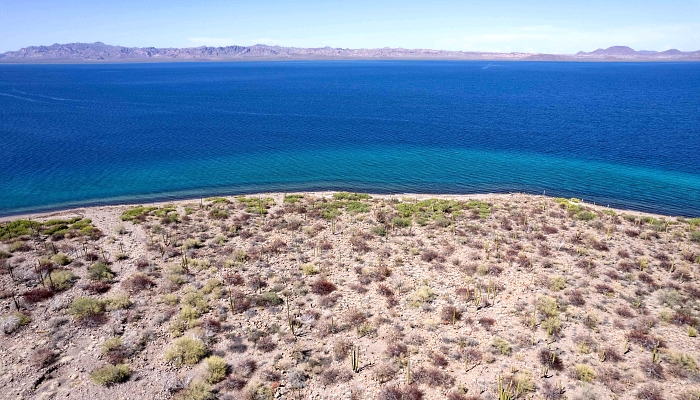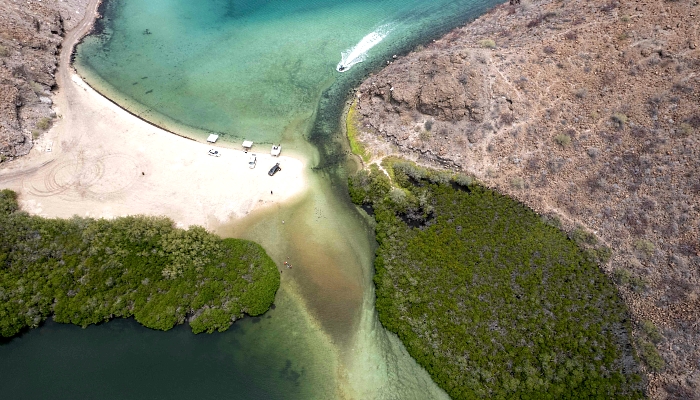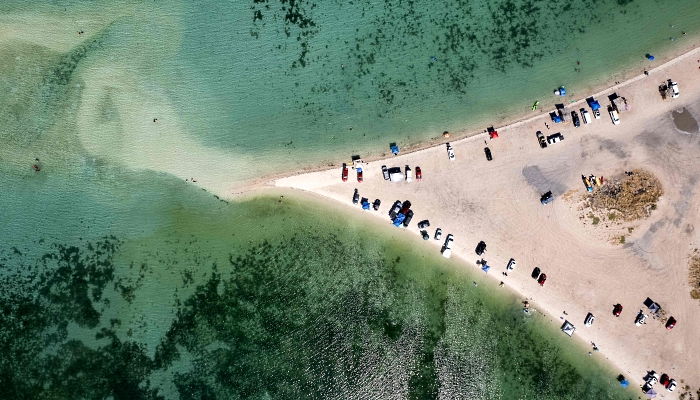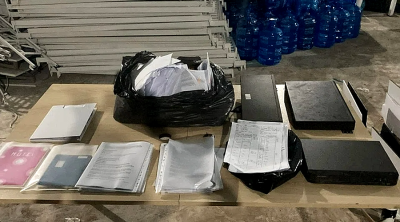World heritage
The Gulf of California, also known as the Sea of Cortez, and its islands are part of UNESCO's World Heritage list as home to 695 vascular plant species, more than in any marine and insular property on the World Heritage List.
Equally exceptional is the number of fish species: 891, 90 of them endemic.
The site also contains 39% of the world's total number of marine mammal species and a third of the world's marine cetacean species.







ADVERTISEMENT
ADVERTISEMENT


































